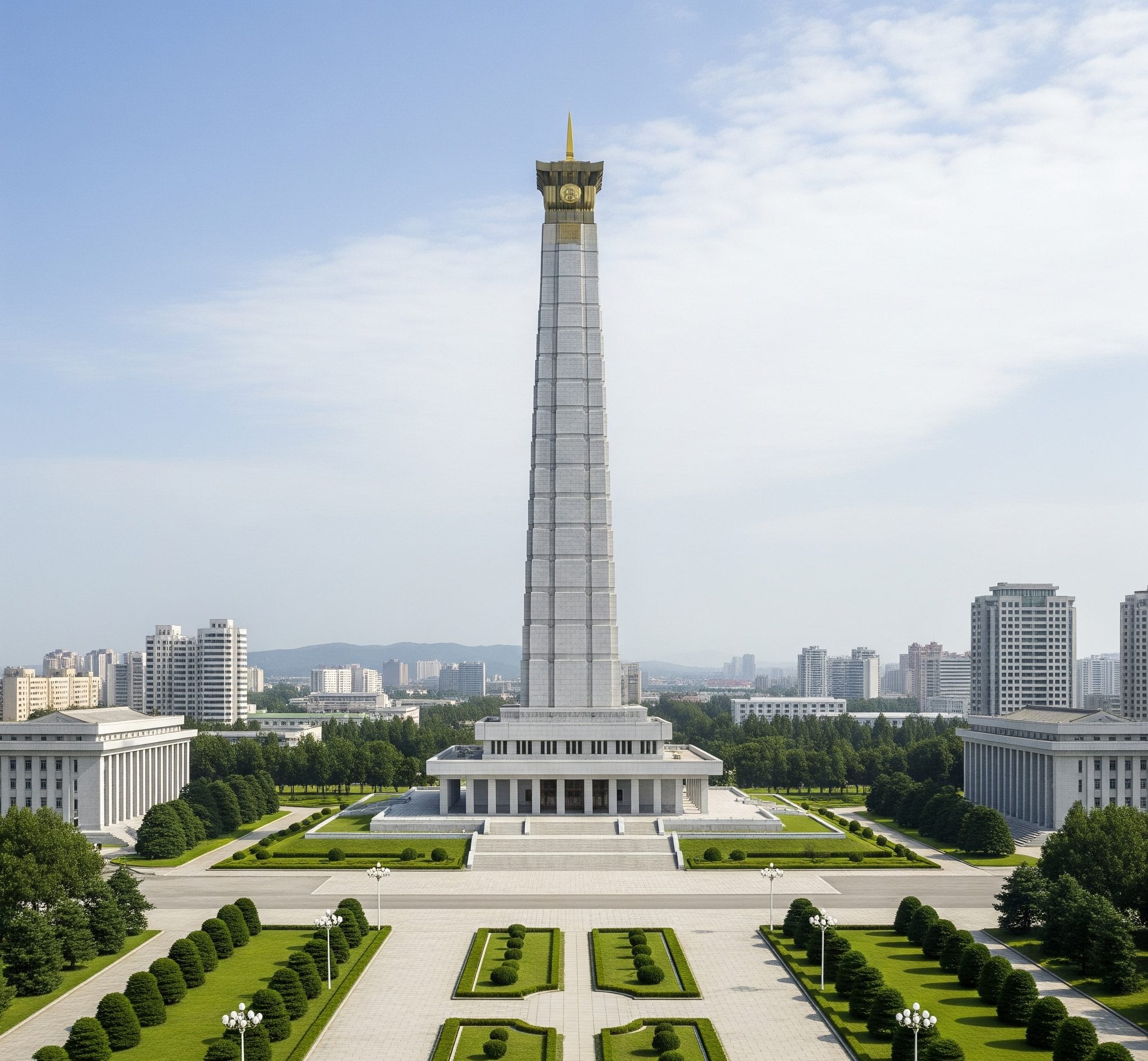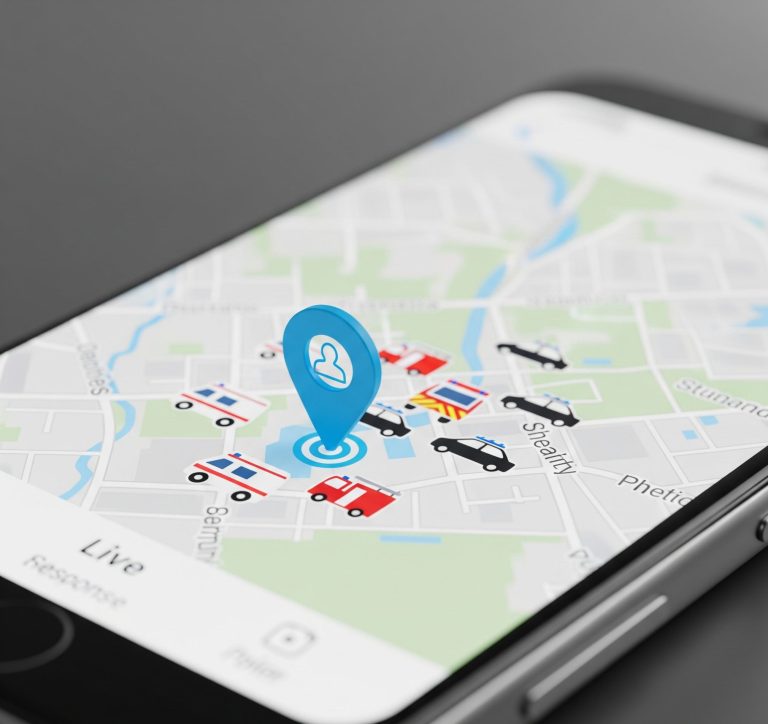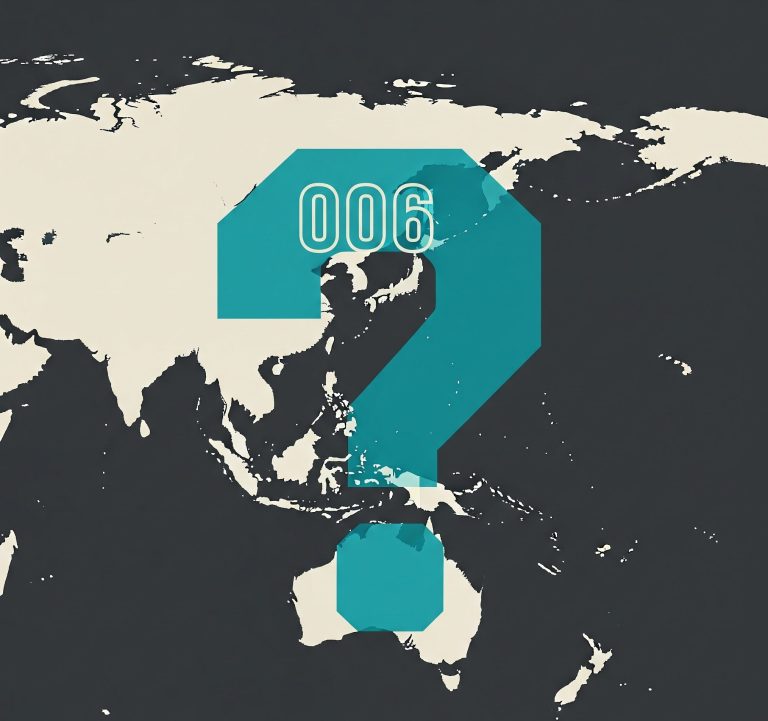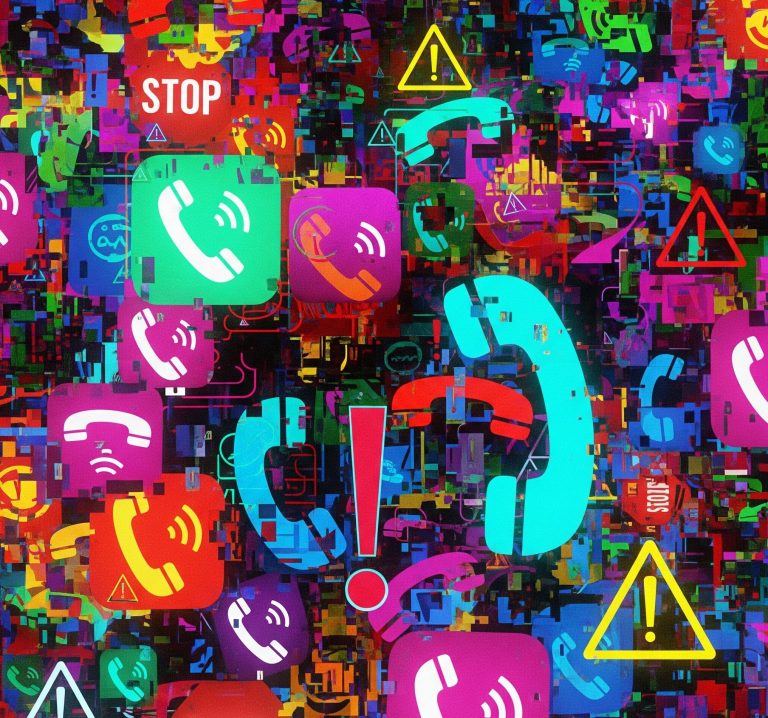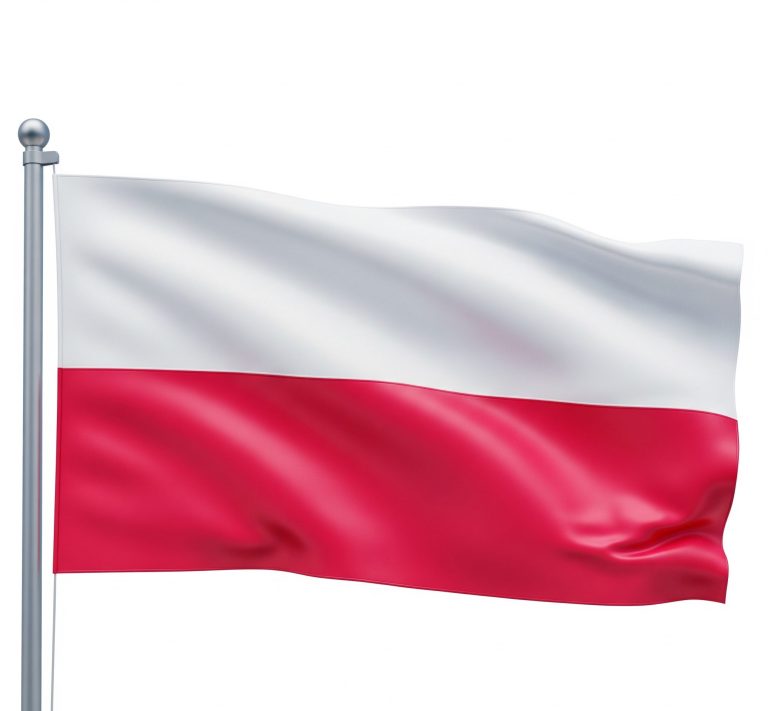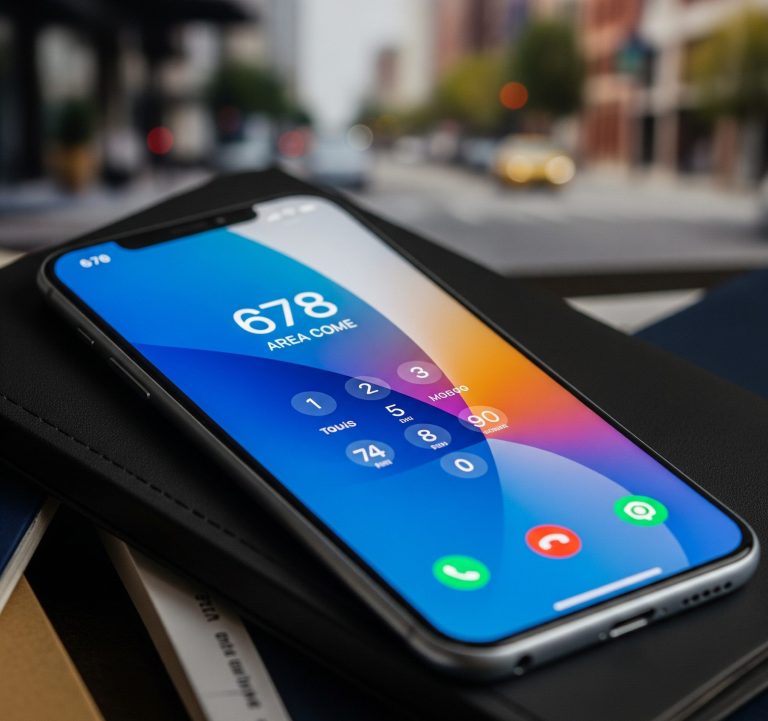For many Americans, the idea of global connectivity is synonymous with instantaneous communication, readily available information, and seamless digital interaction. We live in a world where a phone call across continents is as simple as dialing a few extra digits, and the internet provides a seemingly boundless ocean of knowledge and entertainment. However, for a nation often shrouded in mystery and strict control, the reality is starkly different. We are talking about the Democratic People’s Republic of Korea (DPRK), commonly known as North Korea, a country whose international calling prefix is the country code 850.
While the prefix itself might seem innocuous, the implications of connecting with, or even understanding the telecommunications landscape of a nation like North Korea, are profound. This article aims to shed light on what lies behind country code 850, exploring the unique challenges and limitations that define connectivity in this secluded nation, particularly for an American audience accustomed to open digital frontiers.
Contents
The Landscape of Connectivity in North Korea
Unlike most countries where telecommunications infrastructure is designed to facilitate widespread and open communication, North Korea’s approach is dictated by its unique political and social system. The primary goal is not widespread public access to the global internet or unfettered international calling, but rather tightly controlled information flow and internal communication.
A Dual System: Intranet vs. Internet
The most striking feature of North Korea’s digital environment is its dual system. The vast majority of its citizens have no access to the global internet. Instead, they are connected to a national intranet called Kwangmyong, or “Brightness.” This is a closed network with its own websites, email services, and search capabilities, entirely disconnected from the outside world. Think of it as a highly curated, state-approved digital universe, accessible only within North Korea’s borders.
Global internet access, on the other hand, is severely restricted and permitted only for a very small, elite group. This includes top government officials, trusted academics, certain state-affiliated entities, and a limited number of foreigners and diplomats. Even for this privileged few, access is often monitored and filtered. This tight control underscores the government’s paramount concern: maintaining ideological purity and preventing external influences.
Telecommunications Infrastructure: A Glimpse
While far from the advanced networks seen in most developed nations, North Korea does possess a telecommunications infrastructure. Mobile phone penetration has been steadily increasing, albeit from a very low base. As of early 2025, estimates suggest that around 28% of the population may have mobile phones, though the high cost and strict censorship still limit ownership largely to officials and the elite. For those in rural areas, the availability of devices and services is significantly lower.
The country has also been working on upgrading its networks. In December 2023, reports indicated North Korea began deploying a 4G network. However, it’s crucial to understand that even with newer technologies, the underlying principle of control remains. These networks are primarily for internal communication and, for the select few with global internet access, the speeds are generally slow by international standards.
For international connectivity, North Korea has some broadband infrastructure, including fiber optic links connecting major institutions. Much of its internet traffic, for those few who can access it, is routed through China, though a Russian telecommunication company also established a direct internet connection in 2017.

The Realities of Calling Country Code 850 from the US
For Americans looking to connect with someone in North Korea, dialing country code 850 is merely the first step in a complex process. It’s not like calling any other international destination.
Limited Direct Access
Direct international dialing to North Korea is severely limited. Most calls, especially to general landlines, will likely require going through an international operator service. This adds an extra layer of complexity and often delays in connection.
Specific Number Formats
When dialing to North Korea with country code 850, you’ll typically need to include an exit code (like 011 from the US), followed by the country code 850, and then the specific area code and local number. It’s important to note that many phone numbers outside Pyongyang and the Rason Special Economic Zone cannot be dialed directly from overseas.
Who Can You Reach?
The individuals you can reach in North Korea are typically those with specific international connectivity: government offices, embassies, foreign businesses operating in the Rason zone, and a very limited number of high-ranking individuals. Ordinary citizens are unlikely to have phones capable of receiving international calls, let alone access to the global internet.
Cost and Reliability
International calls to North Korea can be expensive compared to other destinations. Furthermore, the reliability of connections can vary. Dropped calls or poor audio quality are not uncommon due to the limited and controlled nature of the telecommunications infrastructure.
The Broader Context: Why the Restrictions?
The tight control over telecommunications in North Korea is a direct reflection of its unique political system and its policy of self-reliance (Juche). The government views uncontrolled information flow and external communication as a potential threat to its stability and ideological narrative. By limiting access to the global internet and restricting international calls, it seeks to:
- Control Information: Prevent citizens from accessing information that could contradict state propaganda or expose them to outside perspectives.
- Maintain Social Cohesion: Promote a unified national identity and ideology without the influence of foreign cultures or ideas.
- Prevent Dissent: Minimize the ability of individuals to organize or communicate independently.
Conclusion: A Different Digital World
For an American audience, accustomed to the pervasive and open nature of global communication, understanding the landscape behind country code 850 is crucial. It highlights a stark contrast in how technology and connectivity are utilized and controlled. While the technical process of dialing may be straightforward, the societal and political context surrounding that call reveals a world where digital access is a privilege, not a right, and where the flow of information is meticulously managed. As we navigate an increasingly interconnected world, recognizing these differences is key to comprehending the diverse realities of global communication.

